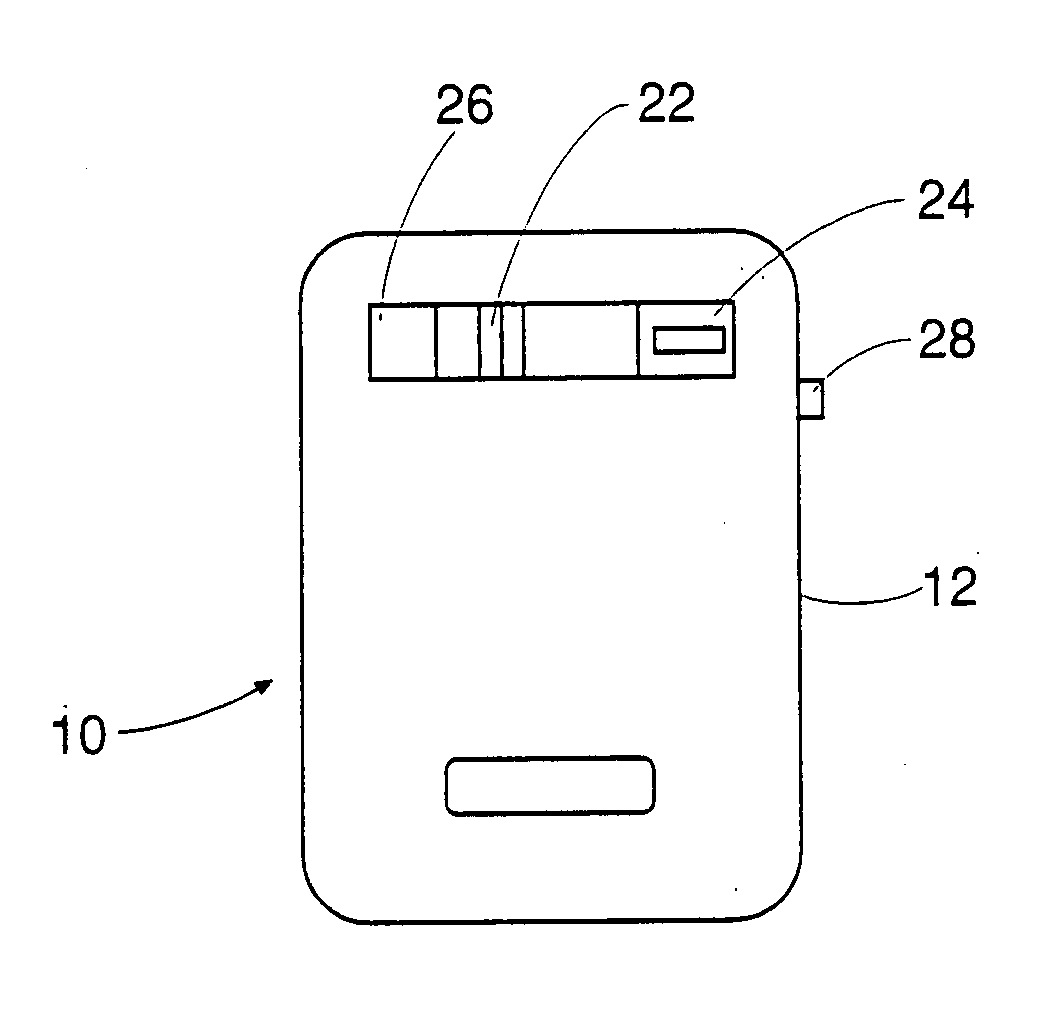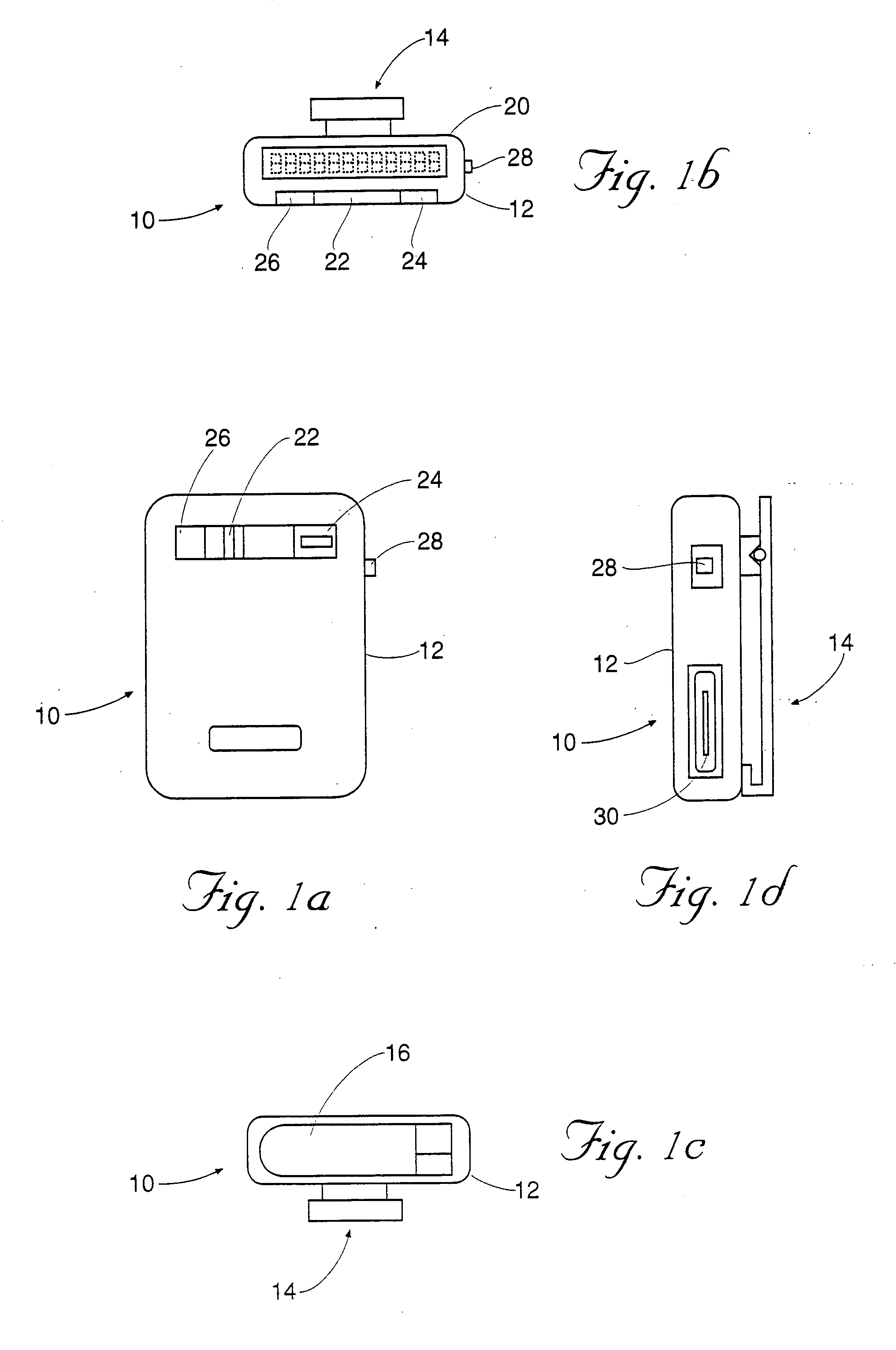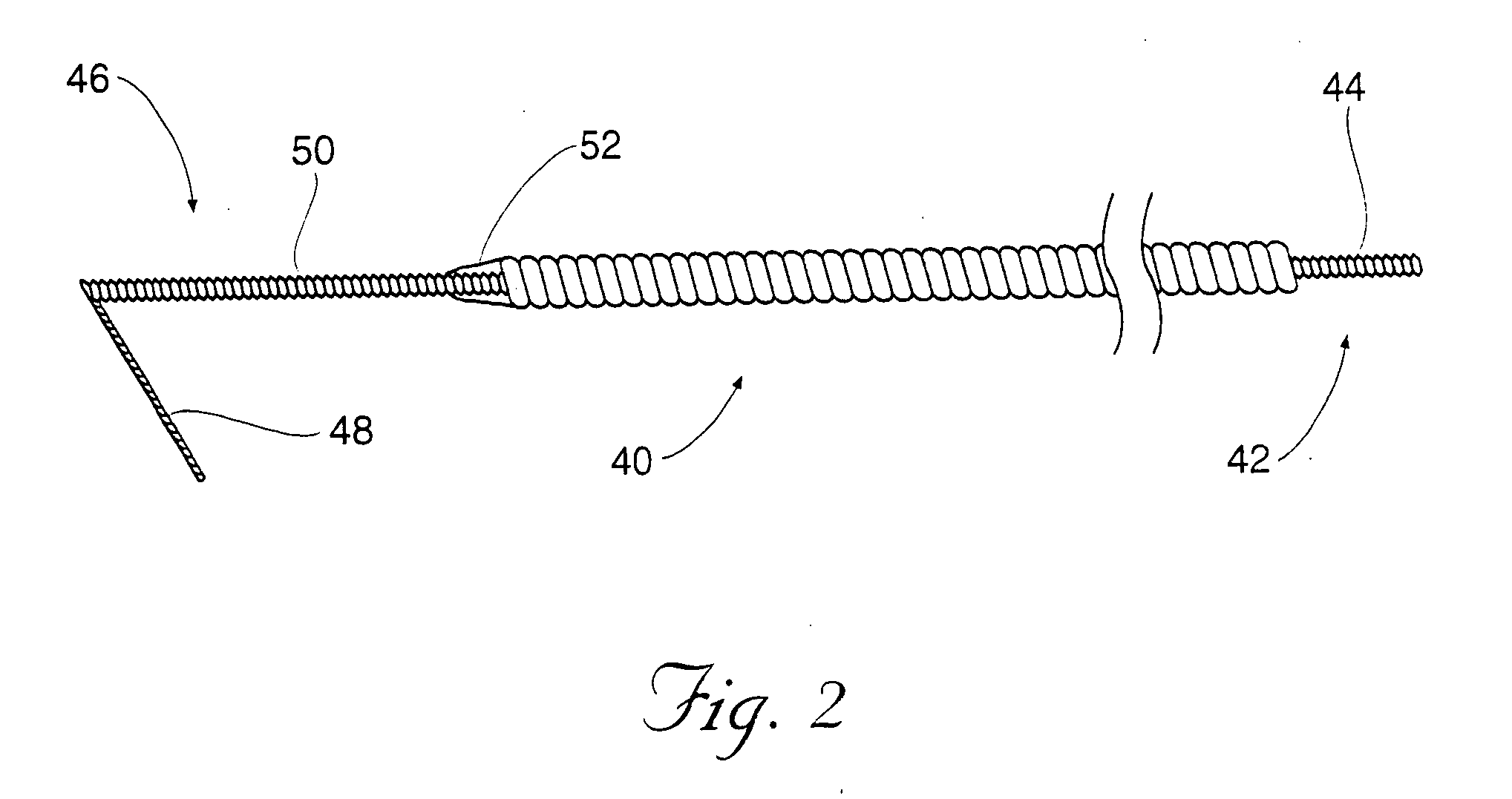Treatment of shoulder dysfunction using a percutaneous intramuscular stimulation system
a percutaneous intramuscular stimulation and shoulder technology, applied in the field of therapeutic neuromuscular stimulation, can solve the problems of poor motor recovery, impaired rehabilitation, and patient's inability to achieve the maximum functional potential and independence, and achieve the effect of precise muscle activation, avoiding pain and unwanted joint movement, and avoiding undesirable joint translation and rotation
- Summary
- Abstract
- Description
- Claims
- Application Information
AI Technical Summary
Benefits of technology
Problems solved by technology
Method used
Image
Examples
example 1
[0052] To compare stimulation-induced pain between transcutaneous and percutaneous, intramuscular NMES, 10 subjects were enrolled with hemiplegia and at least one fingerbreadth of shoulder subluxation. A cross over study design was used. Each subject received 3 pairs of randomly ordered transcutaneous or intramuscular stimulation. Both types of stimulation were modulated to provide full joint reduction by palpation with the least discomfort. Subjects were blinded to the type of stimulation given. The evaluator was blinded to the type of stimulation given when assessing joint reduction by palpation and when administering the pain measures. Pain was measured using a 10 cm visual analogue scale and the McGill Pain Questionnaire using the pain rating index (PRI) method for quantification of data. The pain descriptors of the McGill Pain Questionnaire were read aloud to subjects during each administration. Pain measures were obtained immediately after each of the six stimulations. After t...
example 2
[0054] The effects of percutaneous intramuscular NMES was investigated on shoulder subluxation, range of motion, pain, motor recovery and disability in persons with chronic hemiplegia and shoulder subluxation. In a pre-test, post-test trial, 8 neurologically stable subjects received 6 weeks of intramuscular NMES for 6 hours per day. A pager sized stimulator which could be worn on the belt or placed in a pocket was designed for this application to allow the subjects to receive treatment without interfering with mobility and daily activities. Inferior and lateral shoulder subluxation was quantified with an unvalidated radiographic technique. Radiographs of both shoulders were obtained. The difference in glenohumeral translation between the subluxated and unaffected shoulder was measured to take into account normal variance among individuals. Pain free passive shoulder external rotation was measured using a hand held goniometer in the supine, relaxed subject, Shoulder pain was quantifi...
example 3
[0056] The third study determined whether the standard muscles targeted for stimulation provide the best reduction of shoulder subluxation. The supraspinatus and posterior deltoid muscles were stimulated in the previously discussed transcutaneous NMES studies. These muscles were selected based on a study by Basmajian et al. In his study, EMG activity in the shoulder muscles of normal adults were observed during rest and inferiorly directed traction on the upper limb. The supraspinatus was found to be uniformly active and the posterior deltoid less active under these conditions. In our pilot experience with intramuscular NMES for treating shoulder subluxation, the supraspinatus did not consistently reduce subluxation during stimulation. A preliminary survey of various shoulder muscles was undertaken to determine whether other muscles may provide better joint reduction during stimulation. Up to 13 shoulder muscles were stimulated in 12 subjects with hemiplegia and at least one fingerb...
PUM
 Login to View More
Login to View More Abstract
Description
Claims
Application Information
 Login to View More
Login to View More - R&D
- Intellectual Property
- Life Sciences
- Materials
- Tech Scout
- Unparalleled Data Quality
- Higher Quality Content
- 60% Fewer Hallucinations
Browse by: Latest US Patents, China's latest patents, Technical Efficacy Thesaurus, Application Domain, Technology Topic, Popular Technical Reports.
© 2025 PatSnap. All rights reserved.Legal|Privacy policy|Modern Slavery Act Transparency Statement|Sitemap|About US| Contact US: help@patsnap.com



